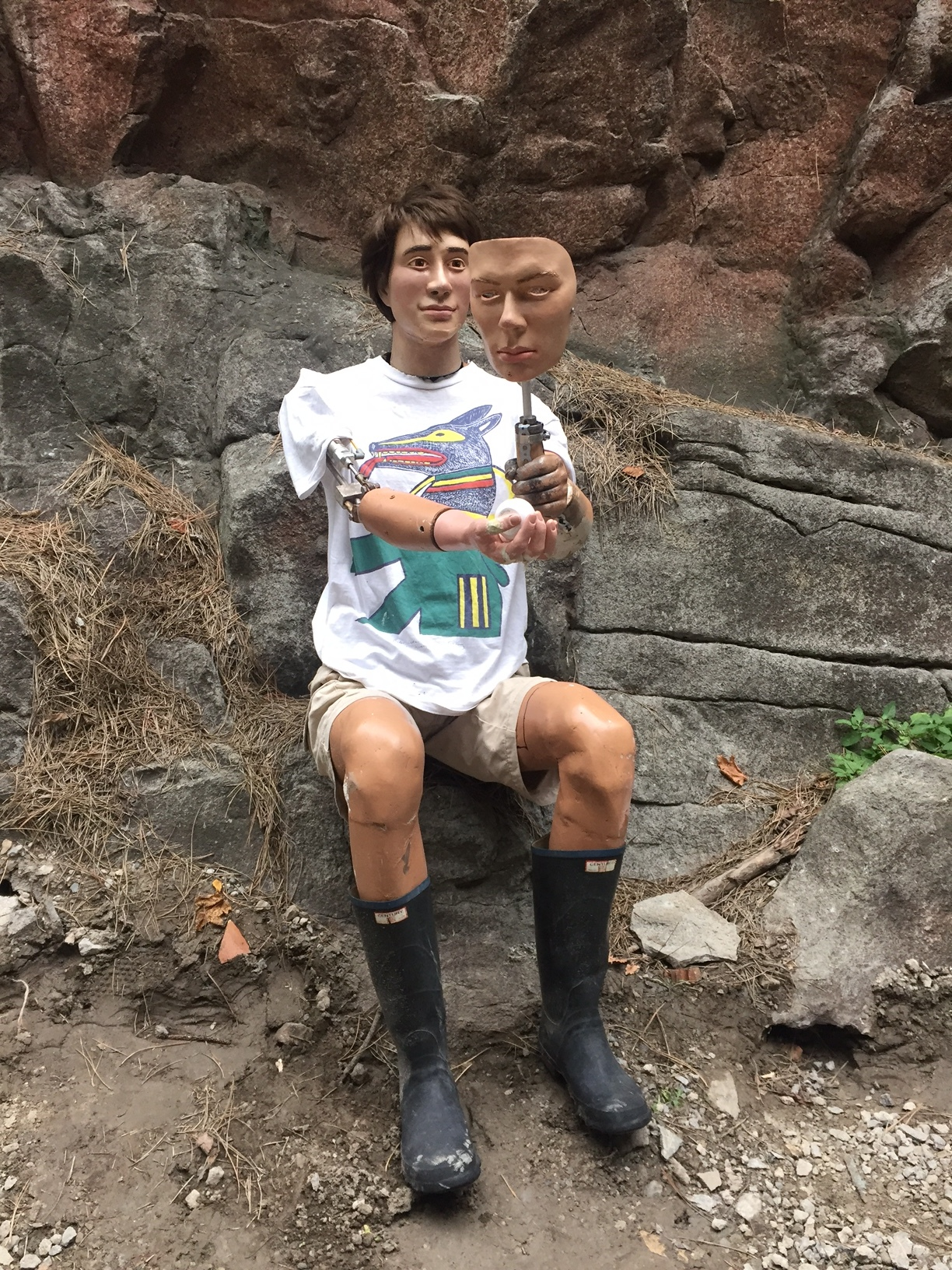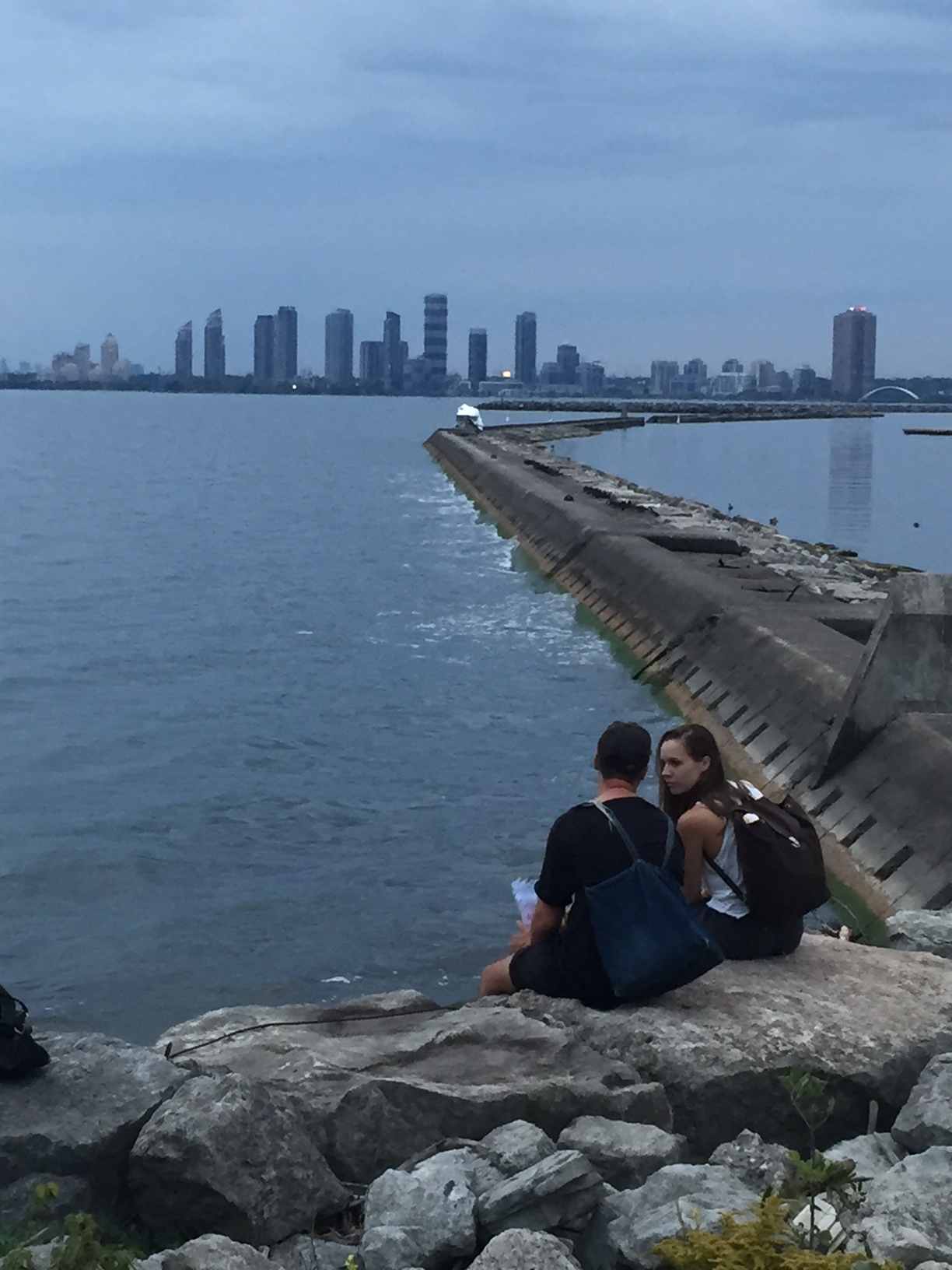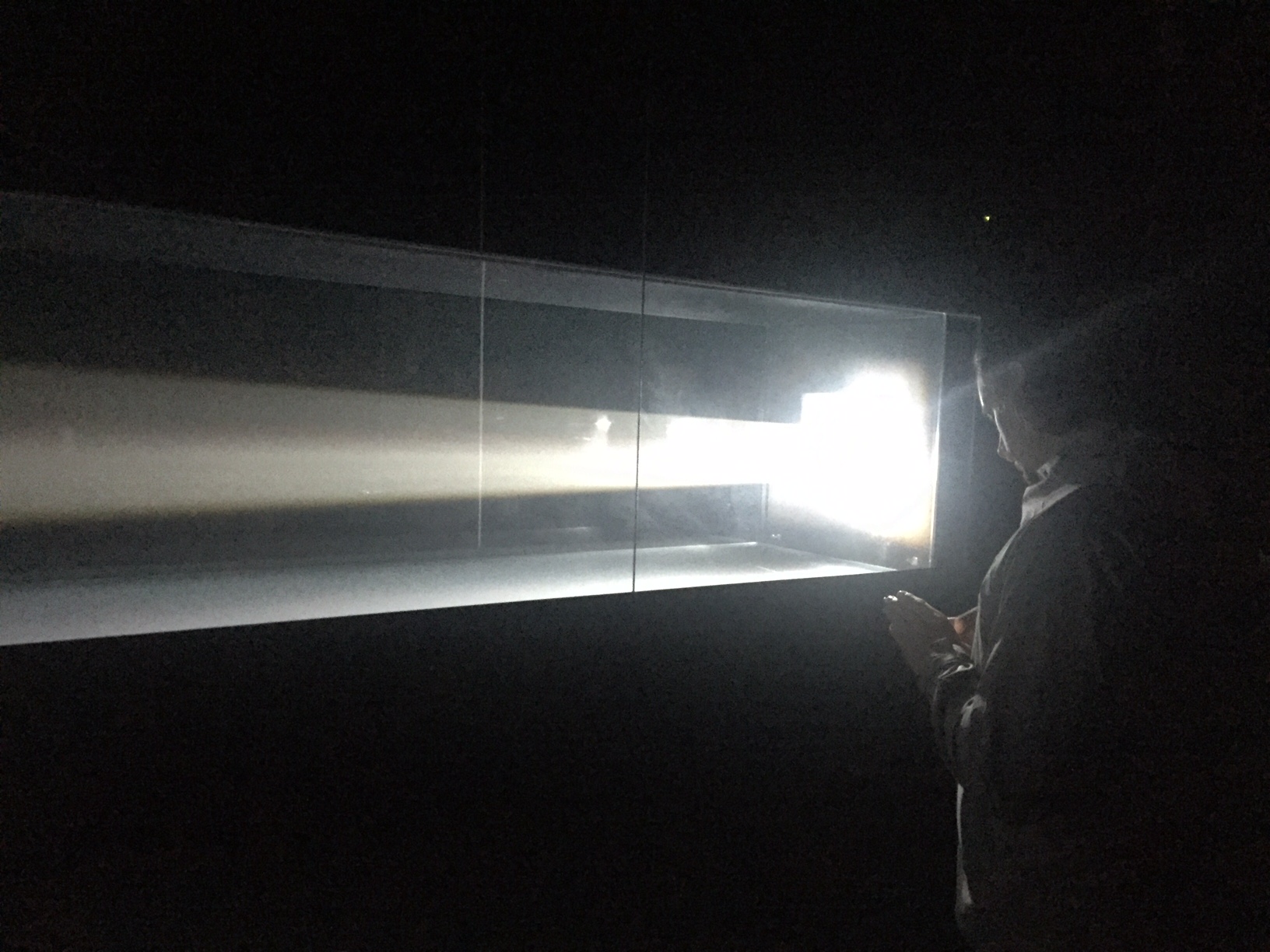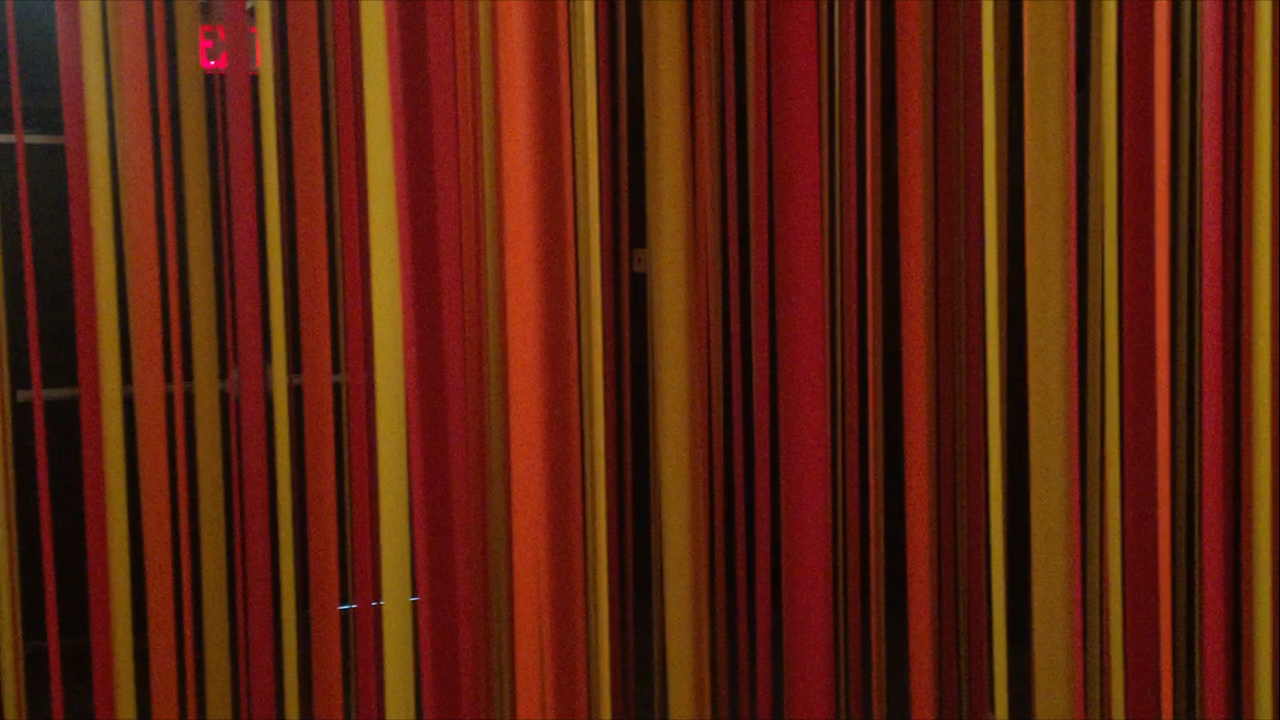IN/FUTURE – A Transformative Experience
September 15 – 25, 2016
IN/FUTURE is a reimagining a brief reanimation of Ontario Place that once was an educational theme park with beautiful views of lake Ontario and the city skyline. Ontario Place itself was site-specific as its educational focus was primarily about the ecologies and weather systems of the lake and drawing its inspiration from Montreal’s Expo 67. It is also a monument to how we perceived innovation and foresaw the future. Co-Artistic Directors Layne Hinto and Rui Pimenta brought together 100 art projects, site-specific installations, 40 international lands/musical acts and 32 art institutions to answer the question: “what do we learn about ourselves in the present when we look to the past to see how we imagined the future?”
The park was split up into five areas: Pavilion Village, the Silos, South Shore, Temple Bell Plaza and the Cinesphere. The entrance, Pavilion Village included an Art Metropole pop-up, two makeshift galleries in the Atom Blaster and Arcade, and the Small World Music Stage where the Small World Music Festival’s fifteenth edition was held. The Temple Bell Plaza and the South Shore areas included a staggering number of lake views, large sculptures, outdoor installations and performances including musical rounds on the iconic swan boat and campfire stories on the beach.
 Ben Watt-Meyer, Rubble Pile at Temple Bell Plaza
Ben Watt-Meyer, Rubble Pile at Temple Bell Plaza
The Cinesphere was the first permanent IMAX theatre in the world as of 1971 and its shape not only echoed Buckminster Fuller’s dome shaped architectural proposal, it also referenced the USA pavilion at the Montreal Expo. Among the 44 contemporary works screened in the IMAX, footage was shown that had not been viewed since the 70s and 80s, including videos of the building of Expo 67. The fifth section, and the largest portion of contemporary site-specific works took place in the Silos. Sections of the old water rides are occupied by soothing tones or re-framed as picturesque gardens where nature reclaimed the space. Many of the decapitated and dismembered mannequins as well as old water toys are brought back to life as artworks or as visitors to some of the exhibitions including one very awkward horse.
 Appropriated mannequin at the Silos
Appropriated mannequin at the Silos
The Silos themselves each contain an installation responding to their original topic of education – primarily weather based – including nature sounds, tornadoes, eclipses, ice and fog. Beyond themes of nature, the cylindrical space was perfectly complimentary to Ed Pien’s installation format, and Gareth Lichty’s field tape installation drew attention to the dizzying height of the Silo.
There was some overlap between performance, film and music, but every work was either of an appropriate length to engage with or easy to appreciate for its beauty, sass or clear special-response. The installations could be viewed in one long evening, but the benefit of attending multiple days was to catch the works only performed or screened on one day. For me this included a film and vinyl performance duo Zephyr at the Cinesphere. Using 16mm film loops on five projectors, filmmaker Sylvain Chaussee assembled a visual score of pulsing, spinning images, manually shifting, layering and burning the film as he went while vinyl DJ and composer Adrian Gordon provided ambient tones that seemed neither simply to compliment nor inform the film so much as to exist in a synchronized rhythms. This piece of film was a performance as it was not previously planned or rehearsed and some of the materials were altered in the process. Other artists whose works I will certainly look for again include Faye Mullen’s performance works – who walked in along the water breaker as a fluid silver object – and Markus Heckmann whose fog machine had me experiencing a nearly atomic level of light.
 Faye Mullen, Breaker Point Performance
Faye Mullen, Breaker Point Performance
 Markus Heckmann Fog Machine at the Silos
Markus Heckmann Fog Machine at the Silos
Each of the contributing artists at IN/FUTURE deserve recognition as innovative dreamers, inspiring visitors to revisit the environments of their childhood. To answer the original question, the future is never how we imagined it – whether you are a fan of Steampunk or the Jetsons – and to revisit that vision from the present we must see our hopes, our failures and successes. This monumental project by Art Spin and Small World is an incredible testament to Toronto’s artistic community and in attendance inspired my question: how will future artworks contribute to rebuilding iconic public spaces?
Text and photo: Alice Pelot


